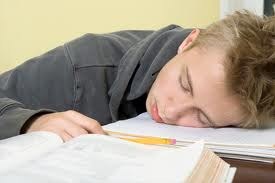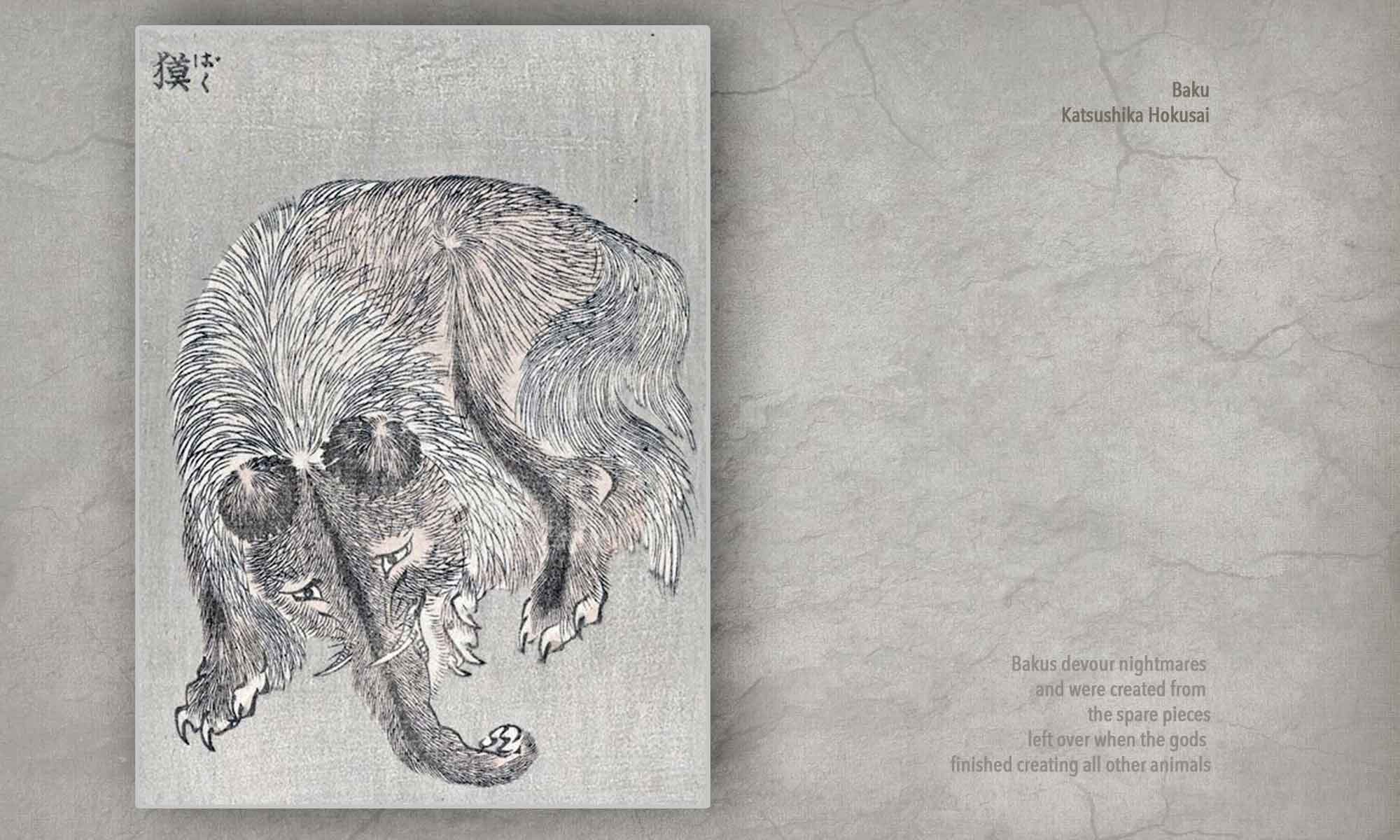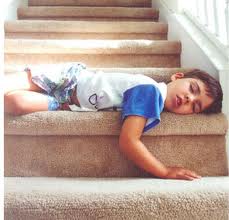 In a couple of recent articles (here’s one) I’ve developed and tested a set of 40 word categories to help in studying dreams via word searches. These categories are still a work in progress, but already they’ve proven useful in accurately mapping out some basic content patterns in people’s dreams.
In a couple of recent articles (here’s one) I’ve developed and tested a set of 40 word categories to help in studying dreams via word searches. These categories are still a work in progress, but already they’ve proven useful in accurately mapping out some basic content patterns in people’s dreams.
A template with these 40 word categories is built into the SDDb search function, to make it easy to get results that can be compared to other sources. You can search for other words if you choose, but it’s quicker to use the template if you want to gain an overview of the whole dream series.
It took me 26 minutes to perform the searches and record the results in a separate excel spreadsheet. The searches for “animals,” “friendliness” and “physical aggression” took the longest time to process because these categories include the largest numbers of words.
With more practice the searches could be performed even faster, and eventually the whole process could be automated, but a lot of preliminary work needs to be done before that’s a technological step worth taking.
Now I have a page of statistics showing how often certain categories of words appear in the dreams of this group of 622 children and adolescents. What can be done with this information?
I’ll start by matching it to the word frequencies of the Hall and Van de Castle “norm dreams,” a set of 490 dreams from 100 college females and 491 dreams from 100 college males, available for study on Bill Domhoff’s website http://www.dreamresearch.net/ Although not a perfect sample of human dreaming, the HVDC norm dreams are the most widely used measuring stick for analyzing patterns of dream content. I’d like to know, at this early stage of the process, how the children’s dreams compare to the HVDC norm dreams on basic features of content.
Ultimately I’d like to develop a better baseline for comparing different dream series. Until then, I’m using the HVDC norms.
I go into the comparison with a number of expectations:
1. The children’s dreams will have lower frequencies overall, due to the inclusion of shorter dreams (20 minimum vs. 50 minimum in HVDC) and their immature writing skills and cognitive development relative to the HVDC college students.
2. The children’s dreams will have the same “ur-patterns” I’ve found via word searches in many other series of dreams: sight is the most frequent perception, smell and taste the lowest; fear is the most frequent emotion and sadness the least; there’s more aggression than sexuality, more family than animal references, more water than other elements, more falling than flying, and a high overall frequency of speech. These are over-arching patterns I’ve found in virtually all other series, and I expect they will be present in the children’s dreams, too.
3. Because the HVDC dreams are “most recent” whereas the children’s dreams are “highly memorable,” I anticipate the children’s dreams will have more “primal” qualities such as nightmarish emotions, nature references, physical aggression, family characters, imaginary/fantastic beings, and magical activities (consistent with findings from a study I’ve just done with Ernest Hartmann comparing most recent and most memorable dreams).
I’m going to hold off on any strong conclusions until I’ve divided the children’s dreams by gender and performed another round of word searches. To start I want a big picture of the whole set, but later I’ll take gender differences into account.
That’s a lot of preamble! Let’s get to it and look at the first class of word categories in the SDDb, “Perception.”
|
|
Harris YQ |
HVDC Males |
HVDC Females |
|
|
(N=622) |
|
(N=491) |
|
(N=490) |
|
|
|
|
|
|
|
| Perception |
|
|
|
|
|
| Vision |
|
20.3 |
|
37.9 |
|
47.1 |
| Hearing |
|
4.2 |
|
12.2 |
|
12.7 |
| Touch |
|
2.4 |
|
6.5 |
|
8.4 |
| Smell |
|
0.3 |
|
1 |
|
0.4 |
| Taste |
|
0.7 |
|
1 |
|
1.4 |
| Intensity |
|
14.8 |
|
34.6 |
|
46.3 |
| Chromatic color |
5 |
|
7.9 |
|
17.1 |
| Achromatic color |
4.3 |
|
7.5 |
|
11.4 |
| Aesthetic evaluation |
13.3 |
|
12.6 |
|
20.2 |
This is pretty much what I expected: lower frequencies overall, but still following the same patterns of relative distribution, with vision highest and smell and taste lowest. I’m surprised there’s not more color or intensity.
Here’s the second SDDb class of word categories, “Emotion.”
| |
|
Harris YQ |
HVDC Males |
HVDC Females |
|
|
(N=622) |
|
(N=491) |
|
(N=490) |
|
|
|
|
|
|
|
| Emotion |
|
|
|
|
|
|
| Fear |
|
19.6 |
|
16.1 |
|
27.8 |
| Anger |
|
3.1 |
|
6.7 |
|
9.8 |
| Sadness |
|
4.7 |
|
2.2 |
|
4.9 |
| Confusion |
|
2.3 |
|
7.5 |
|
10.2 |
| Happiness |
9.7 |
|
6.1 |
|
10.8 |
Here it gets a little more interesting. The overall frequencies are lower among the children, but not as much as with the perceptions. Fear is highest as expected, but sadness is not the lowest. That’s the most intriguing difference discovered so far—the children’s dreams seem to have relatively more references to sadness.
Next, the SDDb class for “Cognition”:
| |
|
Harris YQ |
|
HVDC Males |
HVDC Females |
|
|
(N=622) |
|
(N=491) |
|
(N=490) |
|
|
|
|
|
|
|
| Cognition |
|
|
|
|
|
|
| Awareness |
3.9 |
|
20 |
|
18.8 |
| Speech |
|
14.6 |
|
37.1 |
|
45.1 |
| Imagination |
0.5 |
|
2 |
|
3.5 |
| Planning |
|
0.8 |
|
4.1 |
|
5.1 |
| Choice |
|
3.4 |
|
5.5 |
|
11.4 |
| Effort |
|
1 |
|
1.8 |
|
1.6 |
| Reading/writing |
1.8 |
|
6.7 |
|
6.7 |
Hmm, very low use of awareness words among the children. Speech has the highest frequency for this class, but it’s still much lower than the frequency of speech references in the HVDC norms.
Here are the frequencies for “Nature” words:
| |
|
Harris YQ |
|
HVDC Males |
HVDC Females |
|
|
(N=622) |
|
(N=491) |
|
(N=490) |
|
|
|
|
|
|
|
| Nature |
|
|
|
|
|
|
| Weather |
|
2.3 |
|
7.1 |
|
5.5 |
| Fire |
|
4.5 |
|
5.3 |
|
2.9 |
| Air |
|
4.2 |
|
3.5 |
|
2.4 |
| Water |
|
10 |
|
13.8 |
|
16.9 |
| Earth |
|
5.8 |
|
4.7 |
|
6.7 |
| Flying |
|
5 |
|
4.5 |
|
2.4 |
| Falling |
|
6.8 |
|
9.6 |
|
7.1 |
The children’s frequencies seem roughly the same as the HVDC norms, contrary to what I expected about higher nature words usage in especially memorable dreams. Water is the most frequently mentioned element in children’s dreams, and they have somewhat more falling than flying, though the flying frequency is slightly higher than the HVDC norms. It will be interesting to look in more detail at the children’s flying dreams.
The results for the SDDb class “Characters” were the most dramatic, as measured by the sudden rise of my eyebrows:
| |
|
Harris YQ |
|
HVDC Males |
HVDC Females |
|
|
(N=622) |
|
(N=491) |
|
(N=490) |
|
|
|
|
|
|
|
| Characters |
|
|
|
|
|
| Family |
|
43.1 |
|
26.7 |
|
39.2 |
| Animals |
|
19.8 |
|
11.2 |
|
11 |
| Fantastic beings |
5.8 |
|
0.8 |
|
0.6 |
The children’s dreams, though lower on most other frequencies, are much higher on all three categories of characters. The relative distributions are the same (family>animals>fantastic beings), consistent with the HVDC norms and most other dream series. But the children’s dreams have more references to all these character types, which probably reflects several factors: the higher proportion of family and fantastic beings in memorable dreams, the prominence of fantasy in children’s literature, and the many roles, both actual and symbolic, of animals in childhood. There’s clearly a lot here to study further.
The sixth SDDb class covers three types of “Social Interactions.”
| |
|
Harris YQ |
|
HVDC Males |
HVDC Females |
|
|
(N=622) |
|
(N=491) |
|
(N=490) |
|
|
|
|
|
|
|
| Social Interactions |
|
|
|
|
|
| Friendliness |
34.1 |
|
37.1 |
|
50 |
| Physical aggression |
18.3 |
|
26.5 |
|
13.9 |
| Sexuality |
|
1.8 |
|
11 |
|
3.7 |
These results seem to make sense in light of our expectations so far. The children’s dreams have the same “ur-pattern” or relative distribution (friendliness>physical aggression>sexuality) as the HVDC norms. The low sexuality is consistent with their young age, and the somewhat high physical aggression may relate to the “primal” features of memorable dreams. This is a place where I’ll be interested to see the gender frequencies in the children’s dreams, since the HVDC norms suggest that males have much more physical aggression in their dreams than do females.
The last of the SDDb classes is “Culture,” which covers several word categories relating to people’s activities and experiences in the world of culture. It’s kind of a catch-all class for now.
| |
|
Harris YQ |
|
HVDC Males |
HVDC Females |
|
|
(N=622) |
|
(N=491) |
|
(N=490) |
|
|
|
|
|
|
|
| Culture |
|
|
|
|
|
|
| School |
|
16.2 |
|
14.5 |
|
24.1 |
| Transportation |
12.2 |
|
26.9 |
|
22.9 |
| Technology |
5.8 |
|
8.4 |
|
7.3 |
| Money |
|
3.4 |
|
8.6 |
|
7.1 |
| Christianity |
3.5 |
|
3.7 |
|
4.5 |
| Death |
|
6.6 |
|
4.9 |
|
6.7 |
All the frequencies trend lower for the children’s dreams, with the exception of death. That might reflect a higher proportion of nightmares in the children’s dreams.
Part Four:Assessing the results
 So far I’ve done word search analyses on 20 series of dreams from individuals and 9 sets of dreams from large groups of people, a total of more than 18,000 dream reports. It’s too early to say anything definite about the patterns that have emerged from this data. More reports need to be gathered from a wider variety of people, and more improvements need to be made in the SDDb word search template.
So far I’ve done word search analyses on 20 series of dreams from individuals and 9 sets of dreams from large groups of people, a total of more than 18,000 dream reports. It’s too early to say anything definite about the patterns that have emerged from this data. More reports need to be gathered from a wider variety of people, and more improvements need to be made in the SDDb word search template.

 To summarize the results of the word search analysis so far:
To summarize the results of the word search analysis so far:
